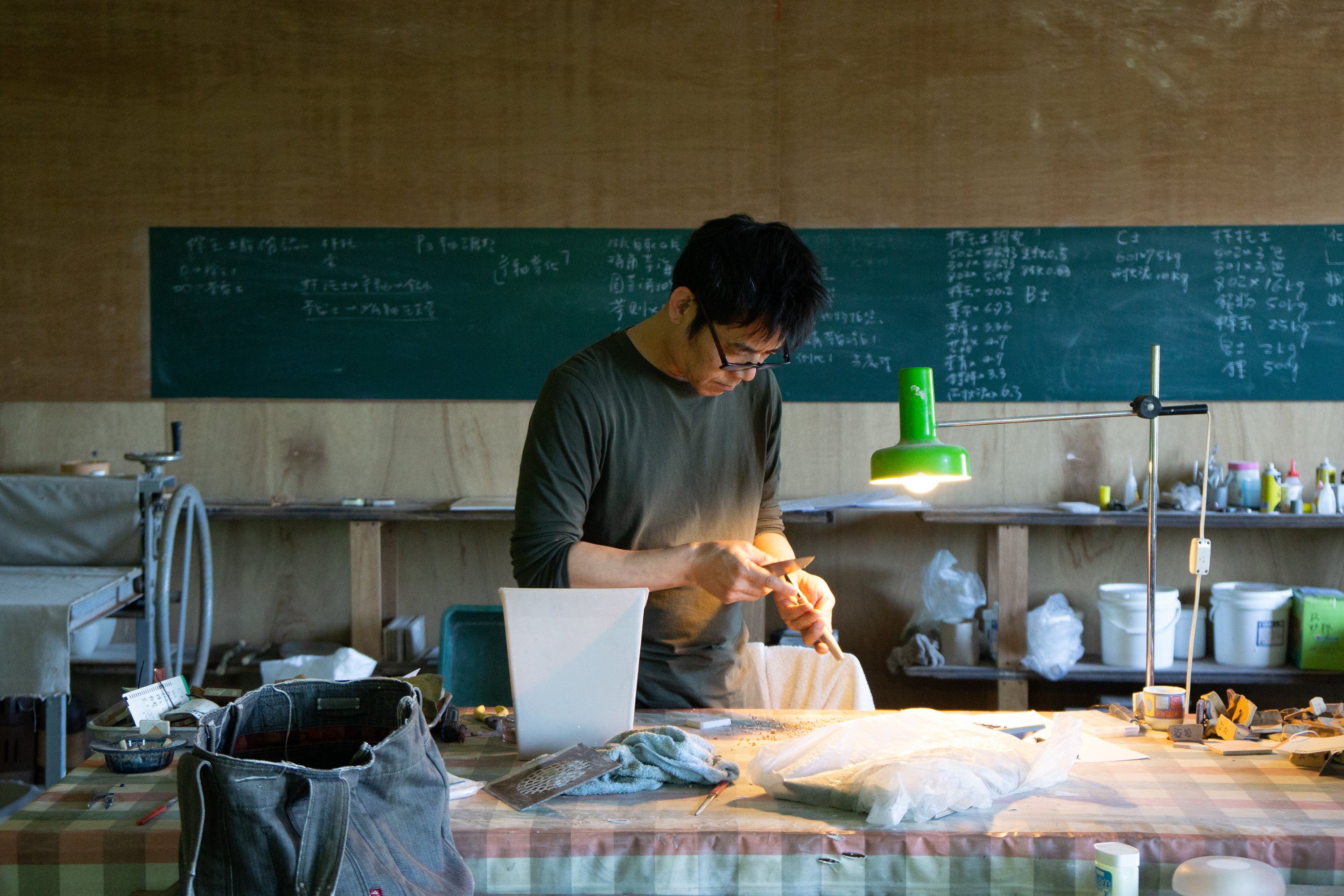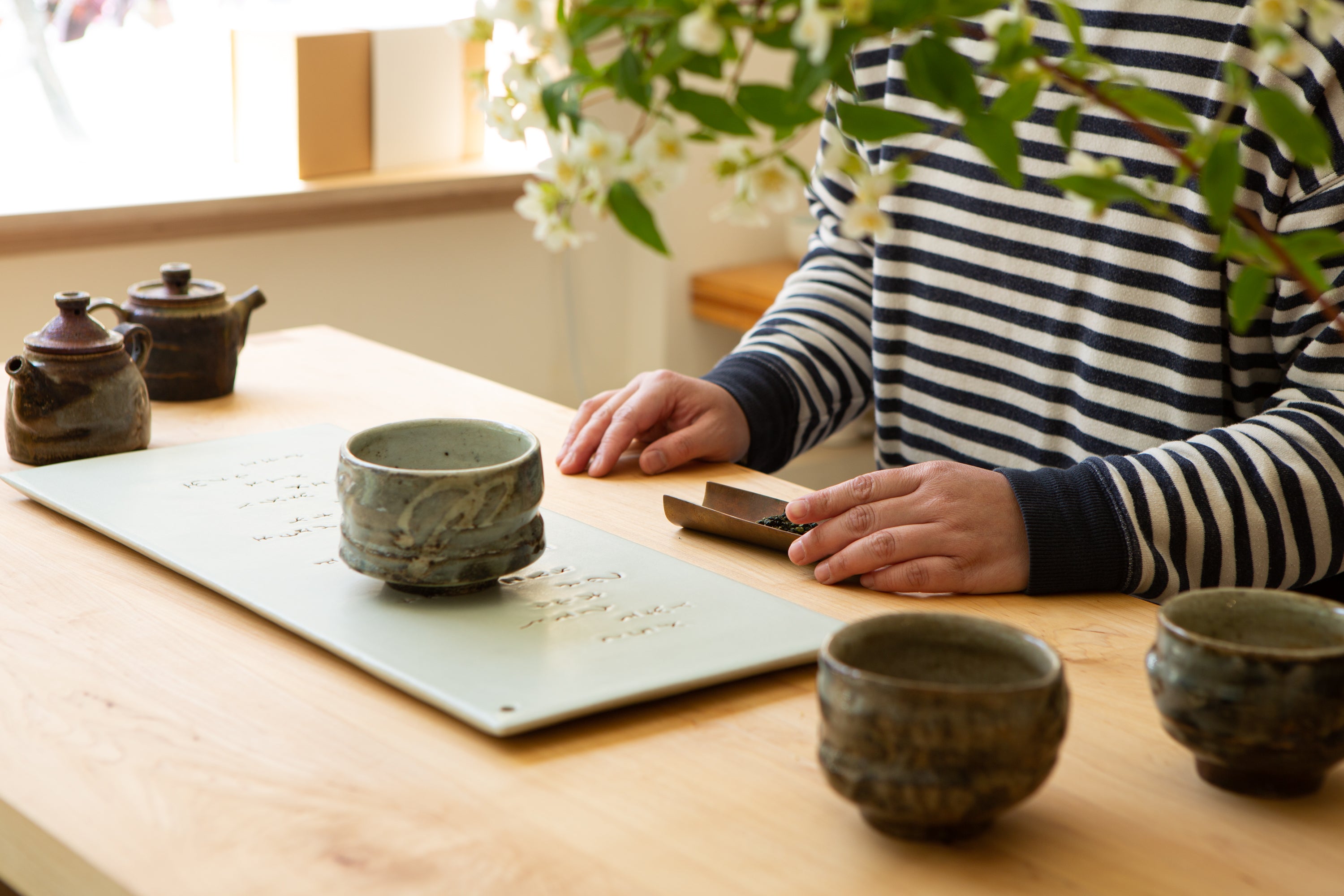About Ceramics
It Has Always Been Tea & Ceramics
The histories of tea and ceramics are braided together across the millennia through traditions of craft, cultivation, and innovation. Where camellia sinensis grew, so too did pottery proliferate, traveling side by side over land and sea as the tea trade expanded across the globe. Long before Song, there was Tea & Ceramics. It is only natural that we offer these two crafts in tandem, continuing a dialogue started generations ago.

Cultural & Aesthetic Origins
As with our teas, Song’s ceramic sourcing efforts are focused on origin. Our collection features work primarily from China and Taiwan, with a sprinkling of work from North American artists whose craftsmanship and design sensibilities mirror these storied roots. We look for work informed by tradition yet ripe with innovation, ancient techniques and skillsets defined by a modern hand.

Our Artists
Across a range of styles - woodfired stoneware, celadon glazed porcelain, and zisha clay teapots from Yixing - we partner with artists whose spirits align with those of our tea makers. Masters of their craft, the potters featured at Song take pride in the details of weight, balance, precision, and aesthetic experience of every vessel, providing gravity and context to each cup of tea.

Functionality
Above all, the teaware in our collection is intended for use. From small teapots, delicate cups and servers, hand-held tea bowls for freshly whisked matcha or grandpa-style oolongs, each piece is chosen to highlight, embolden, or exalt the leaves within, while never sacrificing functionality for form. Incorporated into daily routines, these pots are imbued with more than just the lingering notes of steeping leaves. They become vessels for memory and experience, a catalog of flavors, colors, and moments shared over tea.